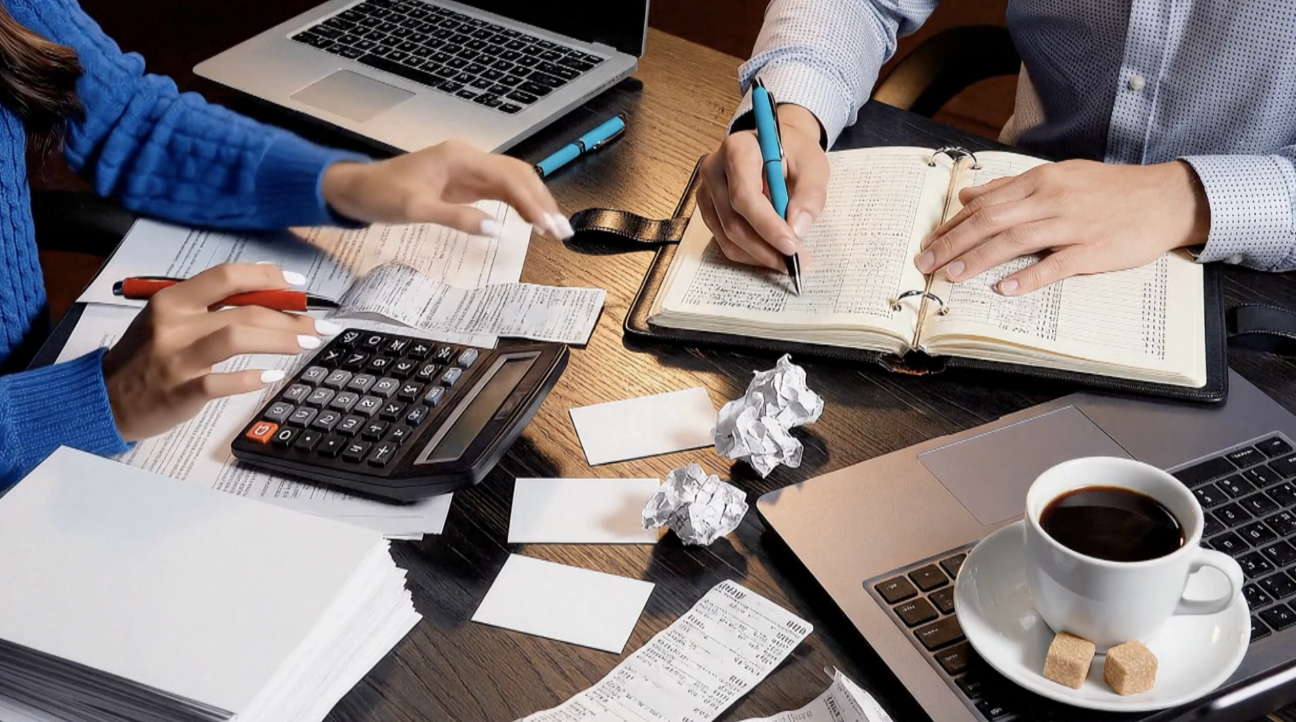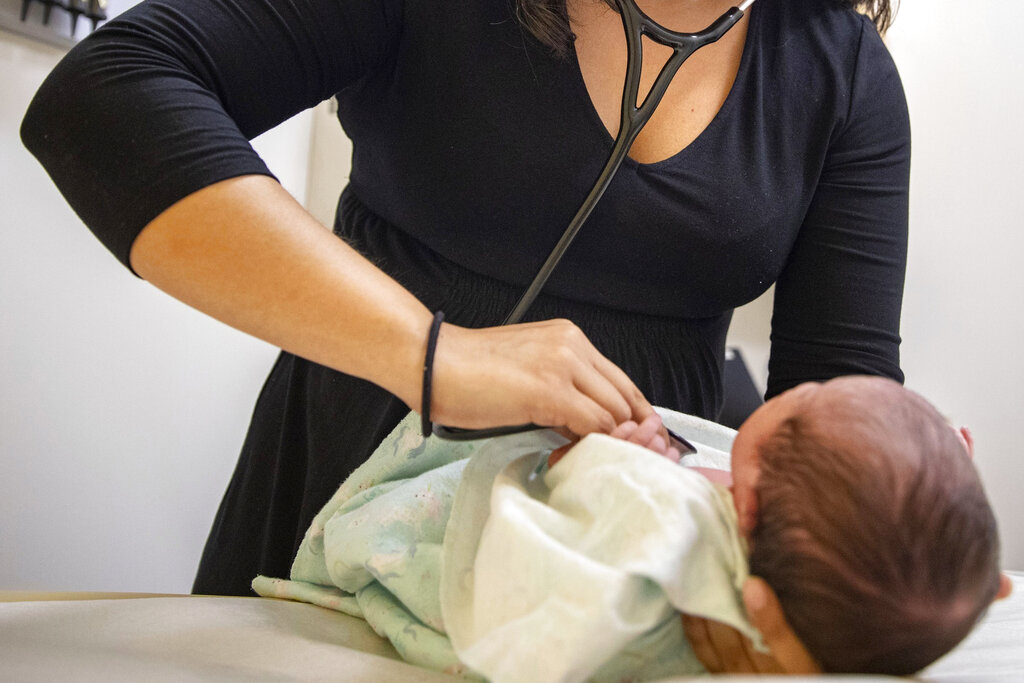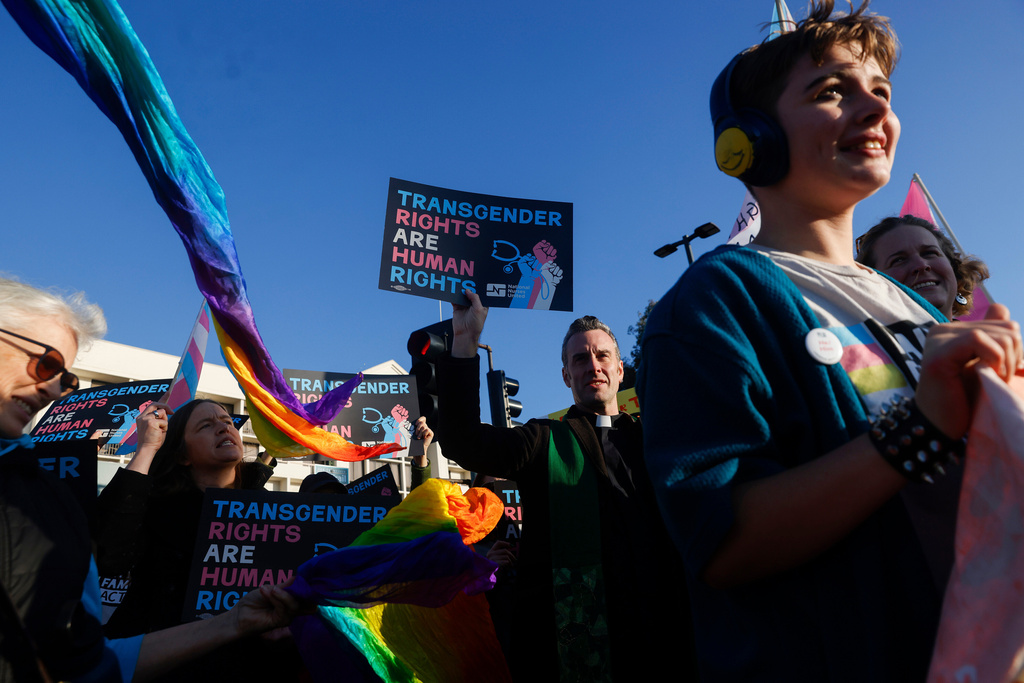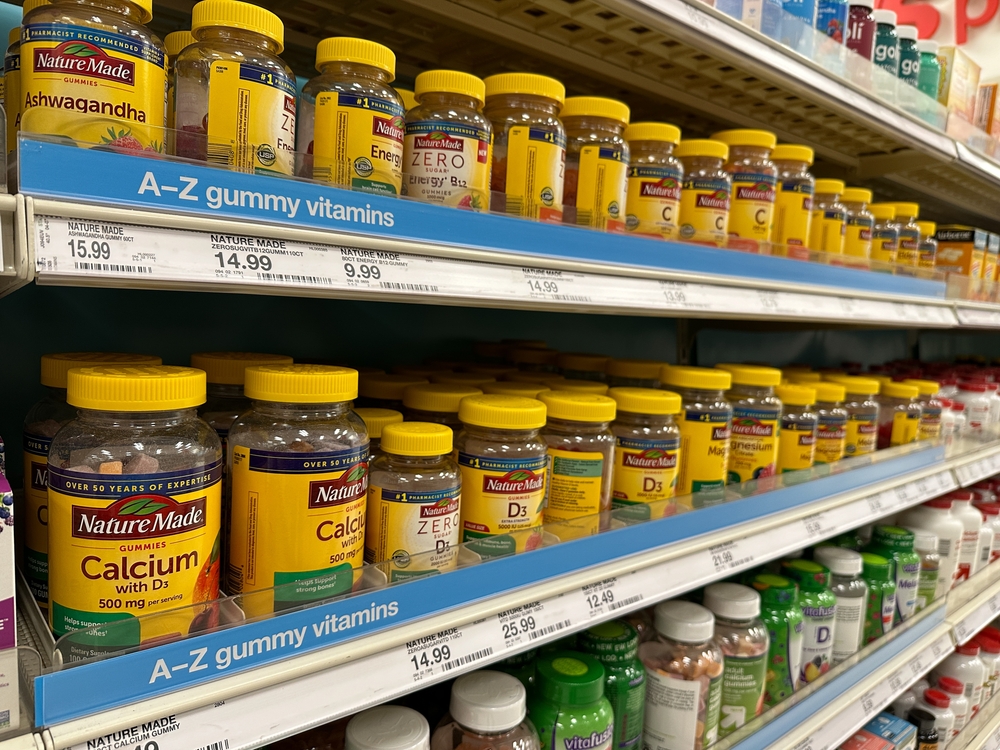In the five years since the deadly mass shooting at Sandy Hook Elementary School in Connecticut, scientists have been studying how Americans respond to these high-profile tragedies. Their findings show patterns in the way we buy and think about guns.
Researchers have noted jumps in gun purchases and gun company stocks after nearly every major mass shooting, including in San Bernardino, at Pulse nightclub in Orlando and in Las Vegas. According to a new study, the number of guns purchased during the first five months following the Sandy Hook school shooting spiked by 3 million.
But what drives this trend? Some psychologists think it might have to do with a phenomenon known as availability bias. This way of thinking causes us to dwell on a situation, often due to recent, extensive media coverage and an increase in discussion.
Availability bias might lead people to purchase firearms for their own protection, due to the fears of gun violence that mass shootings can induce.
It can also drive people to acquire guns out of fear that the mass shooting will incite action for stricter gun control, making it harder for them to purchase a firearm. This might also explain why the spike in gun purchases was smaller following the Las Vegas shooting than after those in San Bernardino and Orlando — then-President Barack Obama was more vocal about gun control than President Donald Trump.
But the increase in gun sales doesn't necessarily mean more Americans own firearms. According to a recent Gallup poll, about 42 percent of Americans own a gun, while 3 percent of Americans own a majority of the country's firearms.




 Some Physicians Want Gun Violence Labeled A Public Health Issue
Some Physicians Want Gun Violence Labeled A Public Health Issue






